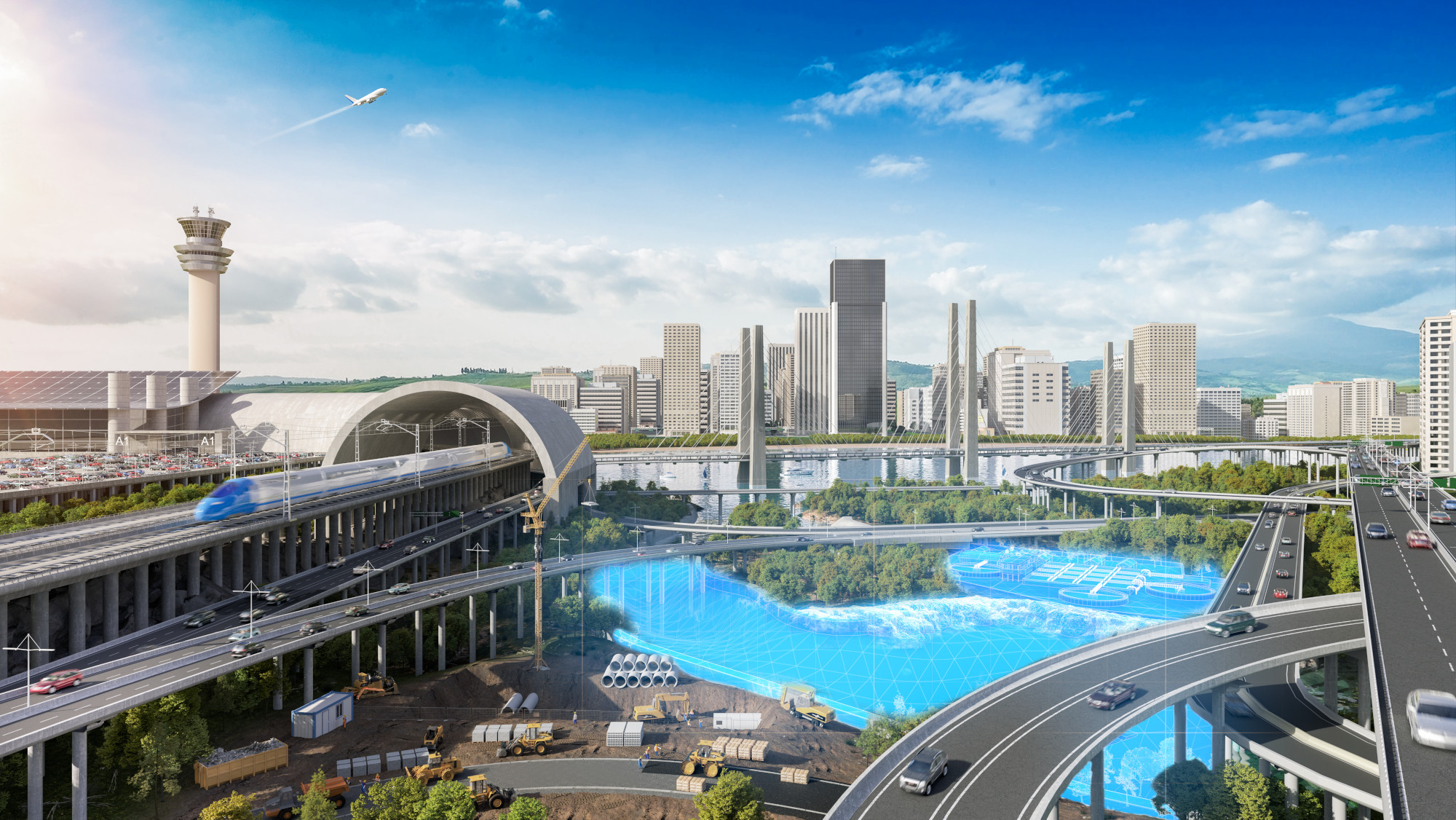Innovyze and New Possibilities for Digitizing Infrastructure

The World Economic Forum has named the water crisis a top global risk since 2012. Today, more than 2 billion people lack access to safe drinking water and half the world’s largest cities experience some degree of water scarcity, restricting not just daily life but also economic growth. And at the current pace, global demand for water will surpass supply by 40% by 2030.
The good news? Our current population of 7 billion currently uses less than half of the fresh water that’s accessible. There’s enough water to go around, in theory—it’s a question of getting it where it’s needed. Working toward solutions will involve conservation as well as infrastructure changes.
Autodesk recently joined forces with Innovyze, a company that specializes in digital solutions for modeling, analyzing, and managing water assets. The integration of offerings will enable civil engineers, utilities, and governments to plan, build, and rebuild our water infrastructure smarter, using real data. From collection systems to distribution networks, flood protection to wastewater treatment, the partnership represents an important step toward a digitally enabled approach to infrastructure.
Celebrate Earth Day this year by building your skills and developing your strategy for water and digitized infrastructure with these related learning resources.
Digital draining
An important part of water infrastructure is drainage. And computational fluid dynamics (CFD) can help simulate performance to increase sustainability and efficiency. In Using Autodesk CFD in the AEC Industry for Sustainable Design, Dr. Munirajulu explores how CFD simulation helped optimize a stormwater roof drainage design, as well as strategies for modeling rain flow on an airport building.
Engineering greater equity
Water scarcity is closely tied to environmental justice. In Design for Environmental Justice and Resilience, Chantal Iribagiza and Emily Bedell explore the political and historical practices which keep vulnerable populations at a disadvantage, and what role engineers can play in designing towards equity.
Pipe plans
If you think it’s hard to find space to build a new skyscraper, try fitting in a new underground pipe network. Subways, sewage systems, parking lots, gas lines, and more compete for space below ground. Halan Oliveira shows you how to use Civil 3D and Dynamo to automate design and review processes and solve interferences between networks with her class, Pipe Networks Design in High-Density Underground Infrastructure Environment.
The road to digitization
The digitized approach isn’t just for water infrastructure. Learn how Microdesk and the Pennsylvania Turnpike Commission partnered to integrate organizational standards and begin the process of building intelligent 3D model designs using Civil 3D, resulting in master files of all 550+ miles of highway. Jacquelyn Brown, Robert Loncar, and Stephanie Rindosh lay it all out in their article, Infrastructure Modeling and Data Management: The Road to Digital Delivery.
Setting standards
Digital transformation for infrastructure presents both a challenge and an opportunity for designers, contractors, and owners. InfraRoom is preparing new schemas for roads, bridges, ports, waterways, and tunnels. In Development Progress for IFC on Infrastructure, Tiina Perttula and Marek Suchocki highlight cases and workflows that can benefit from adoption.
You can explore more learning related to digitizing infrastructure at Autodesk University.




